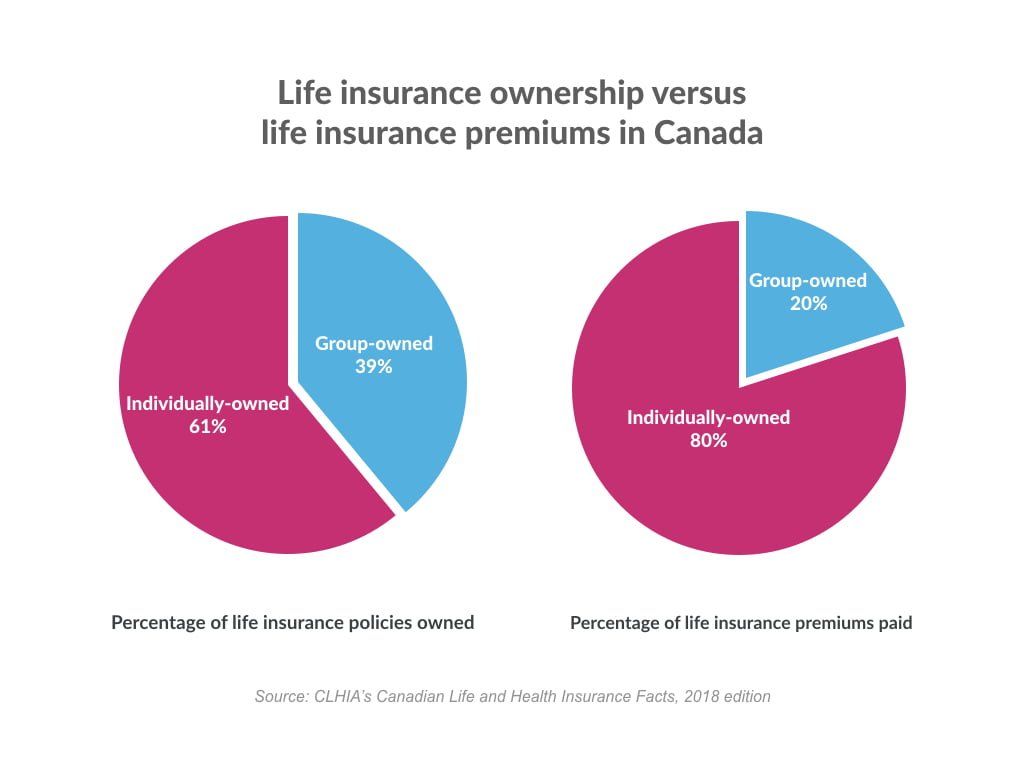Introduction:
Life insurance is an essential financial tool that provides protection and financial security for individuals and their loved ones. Understanding how life insurance works is crucial in making informed decisions about your financial future. In this article, we will explore the fundamental principles of life insurance and delve into its workings, benefits, and considerations.
What is Life Insurance?
Life insurance is a contract between an individual (the policyholder) and an insurance company. In exchange for regular premium payments, the insurance company promises to provide a death benefit to the designated beneficiaries upon the policyholder’s passing. This benefit serves as a financial safety net, helping to replace lost income, cover debts, and maintain the financial well-being of the beneficiaries.
Types of Life Insurance:
a. Term Life Insurance: Term life insurance provides coverage for a specific period, typically 10, 20, or 30 years. If the policyholder passes away during the term, the beneficiaries receive the death benefit. However, if the policyholder outlives the term, the coverage expires, and no benefit is paid.
b. Whole Life Insurance: Whole life insurance provides coverage for the entire lifetime of the policyholder, as long as premiums are paid. This type of insurance combines a death benefit with a cash value component, which grows over time and can be accessed by the policyholder during their lifetime.
c. Universal Life Insurance: Universal life insurance offers flexibility by allowing policyholders to adjust the death benefit and premium payments over time. It also includes a cash value component that earns interest, offering potential growth and the ability to borrow against it.
Determining Coverage Needs:
When considering life insurance, it is essential to evaluate your specific needs and financial circumstances. Factors to consider include the number of dependents, outstanding debts (such as a mortgage or loans), future financial obligations (e.g., college tuition), and the desired standard of living for your loved ones.
Premium Payments:
Life insurance requires regular premium payments to keep the policy in force. Premium amounts are based on factors such as the policyholder’s age, health, lifestyle, coverage amount, and type of insurance. Generally, younger and healthier individuals are likely to secure lower premiums.
Underwriting Process:
When applying for life insurance, applicants typically go through an underwriting process. This involves providing information about their health, lifestyle, and medical history. In some cases, a medical examination may be required. The insurer evaluates the information to assess the applicant’s risk profile and determine the premium rate.
Beneficiaries and Death Benefit:
The policyholder designates beneficiaries who will receive the death benefit upon their passing. Beneficiaries can be individuals or entities, such as a spouse, children, or a trust. It is essential to review and update beneficiary designations regularly to ensure they align with your current wishes.
Policy Riders and Additional Options:
Life insurance policies often offer riders and additional options that can enhance coverage. Examples include accelerated death benefit riders, which allow policyholders to access a portion of the death benefit if diagnosed with a terminal illness, and waiver of premium riders, which waive premiums if the policyholder becomes disabled.
Conclusion:
Life insurance provides valuable protection and peace of mind for individuals and their loved ones. By understanding the principles behind life insurance, the different types available, and the factors to consider, individuals can make informed decisions to meet their financial goals and protect their families’ future. Consulting with a financial professional can further assist in selecting the most suitable life insurance policy based on individual needs and circumstances.
You may also like
-
Automatic Fruit Wine Bottling Line for Small Wineries: A Complete Guide
-
How Does Plywood HSN Code Decide the GST Rate for Traders and Manufacturers?
-
POS Terminal Type: Which Is Best for Your Business?
-
How to Choose Fixed and Portable Gas Monitors for Industrial Gas Detection?
-
Simplifying Trademark Registration in Hong Kong: What Businesses Need to Know

